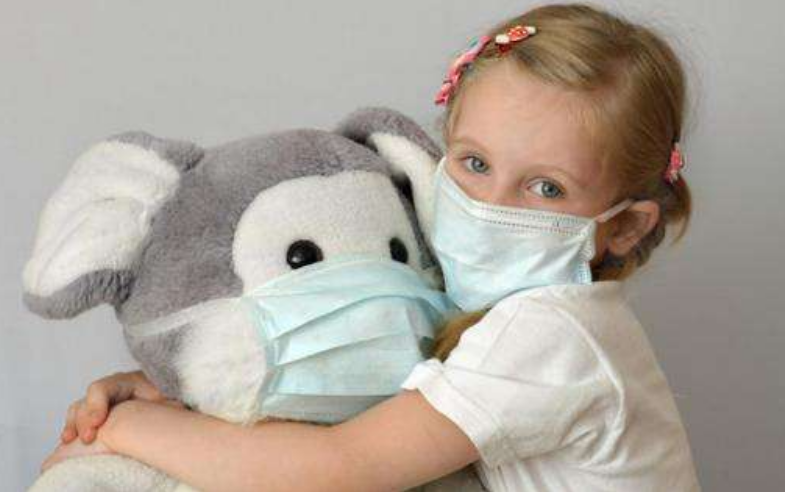
1.Who may be at the most risk from the coronavirus?
A The older adults.
B The young adults.
C The teenagers.
D The under 12-year-olds.
解析:选A。细节理解题。根据文章第二段Older adults may be most at risk from the coronavirus可知,老年人可能是最容易感染冠状病毒的人群,故选A。
2.What can we know about Katelyn Evans?
A She asked more people to do the test of vaccine.
B She became the youngest doctor in United States.
C She was the first teenager to pass the Chinese test.
D She was the first teenager to get the test of vaccine.
解析:选D。细节理解题。根据第三段She became the first teenager to get in the test.可知,她成为第一个参加疫苗测试的青少年,故选D。
3.Why can’t the first vaccines be given to teenagers when they are ready?
A Because they are too expensive.
B Because they haven’t been tested in teenagers.
C Because there are not enough vaccines for teenagers.
D Because teenagers don’t need the vaccines at all.
解析:选B。推理判断题。根据第四段Vaccines cannot be given to youngsters unless they have been tested in their age group.可知,除非在他们的年龄组中进行了测试,否则不能给青少年接种疫苗。因此推断疫苗没有在青少年中进行测试,就不能被使用,故选B。
4.What is Doctor Evan Anderson worrying?
A The research for a COVID-19 vaccine didn’t begin.
B Few adults took part in the test of COVID-19 vaccine.
C Children under 12-year-olds may not have a vaccine in a year.
D The public doesn't understand the importance of the vaccines.
解析:选C。细节理解题。根据最后一段he finds it "very worrying" that children younger than 12 may not have a vaccine by a year from now.可知,他发现“非常令人担忧”的是,12岁以下的儿童从现在起一年后可能无法接种疫苗,故选C。
5.What’s the main idea of the passage?
A The COVID-19 is still spreading quickly.
B A company was allowed to test its vaccine in the U.S.
C More research for a vaccine for children are needed.
D Several kinds of COVID-19 vaccines will be ready in a year.
解析:选C。主旨大意题。本文主要讲述了由于在新冠病毒疫苗的研制中,针对青少年或儿童的研究测试才刚刚起步,还需要更多测试,故选C。